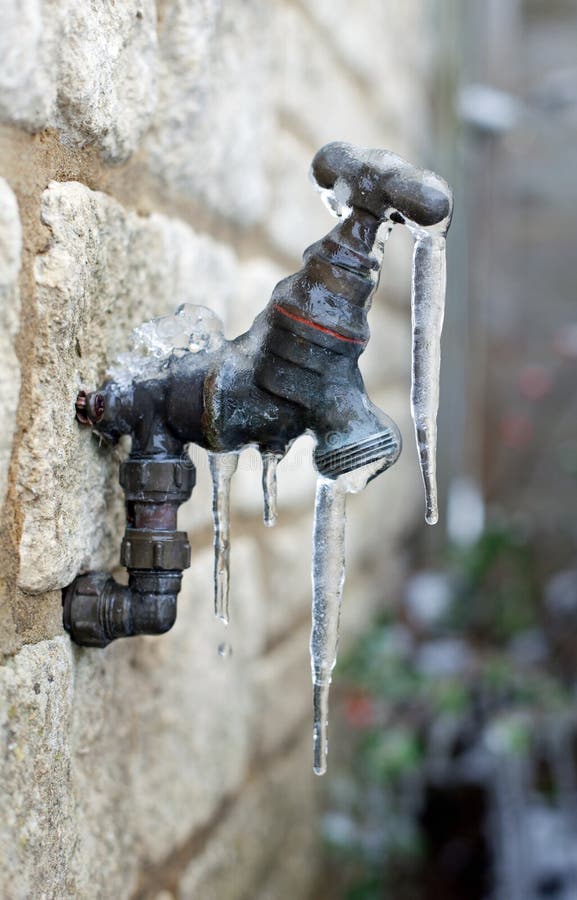Are you currently in search of help about 6 Ways to Prevent Frozen Pipes?

Winter can damage your pipes, particularly by freezing pipelines. Right here's exactly how to prevent it from occurring and what to do if it does.
Intro
As temperature levels drop, the risk of frozen pipelines rises, possibly causing expensive repair services and water damage. Understanding how to stop icy pipelines is vital for property owners in cool climates.
Recognizing Frozen Pipes
What creates pipelines to freeze?
Pipes freeze when exposed to temperature levels below 32 ° F (0 ° C) for expanded periods. As water inside the pipes ices up, it increases, taxing the pipeline walls and potentially triggering them to break.
Risks and damages
Icy pipes can cause water supply interruptions, building damage, and pricey fixings. Ruptured pipes can flood homes and create comprehensive architectural damages.
Signs of Frozen Water Lines
Recognizing icy pipes early can prevent them from bursting.
How to identify frozen pipelines
Seek reduced water flow from taps, unusual odors or noises from pipelines, and visible frost on revealed pipelines.
Avoidance Tips
Protecting susceptible pipes
Cover pipelines in insulation sleeves or utilize warm tape to protect them from freezing temperatures. Concentrate on pipelines in unheated or external areas of the home.
Heating techniques
Maintain indoor spaces effectively warmed, particularly locations with pipes. Open cabinet doors to enable cozy air to circulate around pipelines under sinks.
Securing Outdoor Pipes
Yard hose pipes and outside taps
Detach and drain garden hose pipes before winter months. Set up frost-proof faucets or cover exterior faucets with protected caps.
What to Do If Your Pipelines Freeze
Immediate activities to take
If you believe icy pipes, keep taps available to alleviate pressure as the ice thaws. Make use of a hairdryer or towels taken in warm water to thaw pipes gradually.
Long-Term Solutions
Architectural adjustments
Think about rerouting pipelines far from outside wall surfaces or unheated locations. Include extra insulation to attics, cellars, and crawl spaces.
Updating insulation
Purchase high-quality insulation for pipes, attic rooms, and walls. Correct insulation assists keep consistent temperatures and reduces the threat of icy pipes.
Conclusion
Preventing icy pipelines calls for proactive measures and quick feedbacks. By comprehending the reasons, signs, and safety nets, homeowners can shield their plumbing during cold weather.
5 Ways to Prevent Frozen Pipes
Drain Outdoor Faucets and Disconnect Hoses
First, close the shut-off valve that controls the flow of water in the pipe to your outdoor faucet. Then, head outside to disconnect and drain your hose and open the outdoor faucet to allow the water to completely drain out of the line. Turn off the faucet when done. Finally, head back to the shut-off valve and drain the remaining water inside the pipe into a bucket or container. Additionally, if you have a home irrigation system, you should consider hiring an expert to clear the system of water each year.
Insulate Pipes
One of the best and most cost-effective methods for preventing frozen water pipes is to wrap your pipes with insulation. This is especially important for areas in your home that aren’t exposed to heat, such as an attic. We suggest using foam sleeves, which can typically be found at your local hardware store.
Keep Heat Running at 65
Your pipes are located inside your walls, and the temperature there is much colder than the rest of the house. To prevent your pipes from freezing, The Insurance Information Institute suggests that you keep your home heated to at least 65 degrees, even when traveling. You may want to invest in smart devices that can keep an eye on the temperature in your home while you’re away.
Leave Water Dripping
Moving water — even a small trickle — can prevent ice from forming inside your pipes. When freezing temps are imminent, start a drip of water from all faucets that serve exposed pipes. Leaving a few faucets running will also help relieve pressure inside the pipes and help prevent a rupture if the water inside freezes.
Open Cupboard Doors
Warm your kitchen and bathroom pipes by opening cupboards and vanities. You should also leave your interior doors ajar to help warm air circulate evenly throughout your home.

I am very occupied with How to Prevent Your Pipes From Freezing and I'm hoping you appreciated the piece. Do you know somebody who is looking into the subject? Be sure promote it. I truly appreciate reading our article about Prevent Frozen Pipes .
This Post
Comments on “Preventing Frozen Pipes in Cold Weather: Pro Tips”